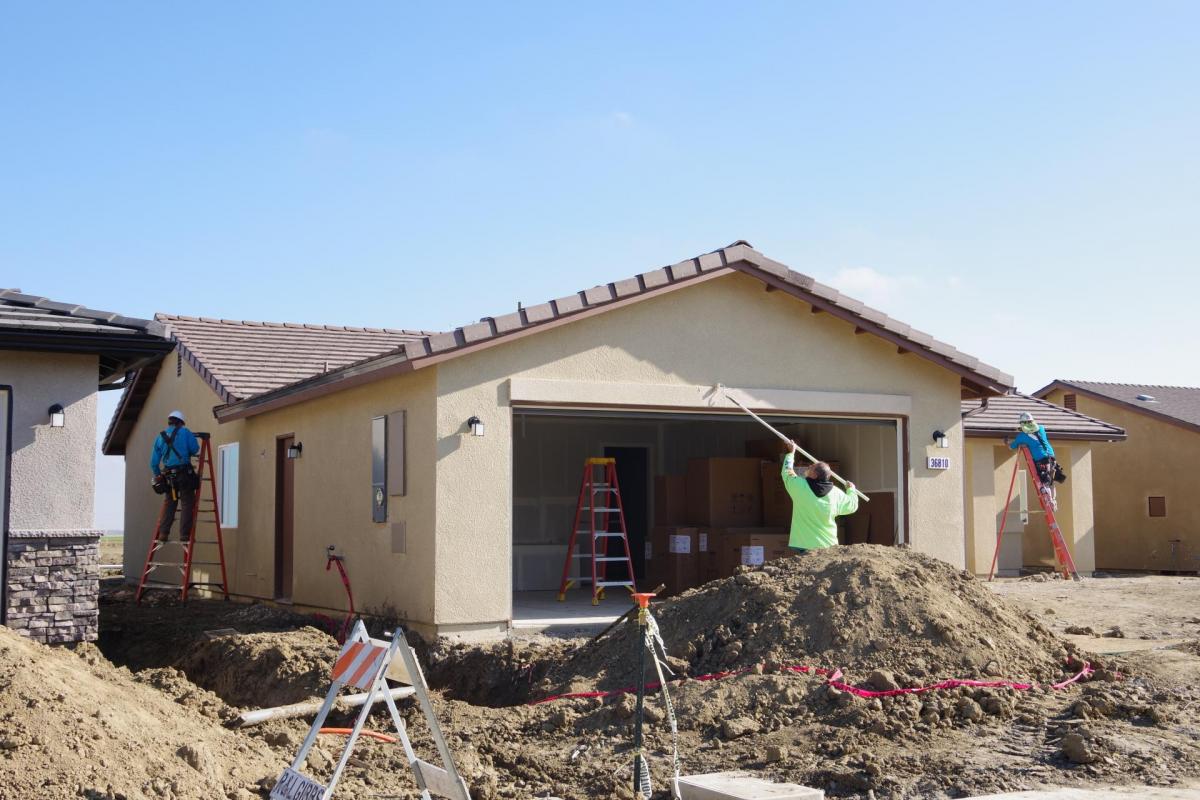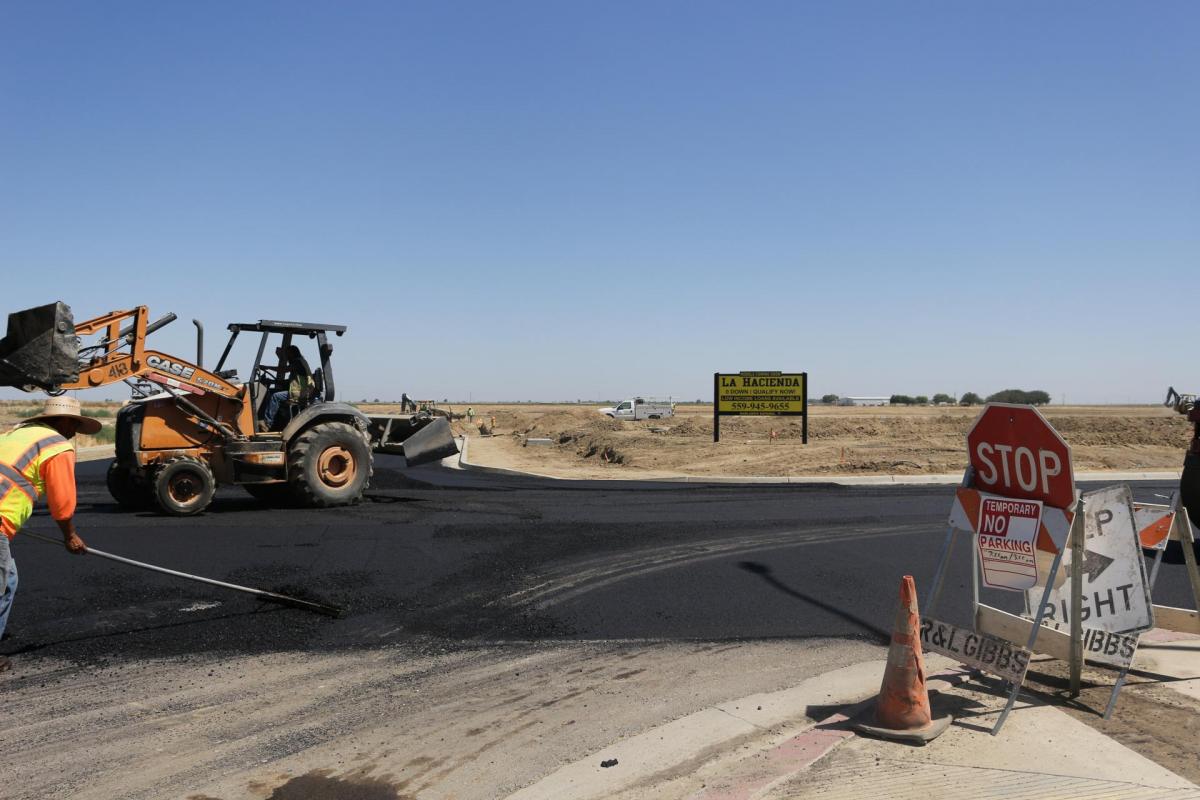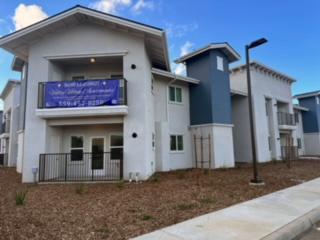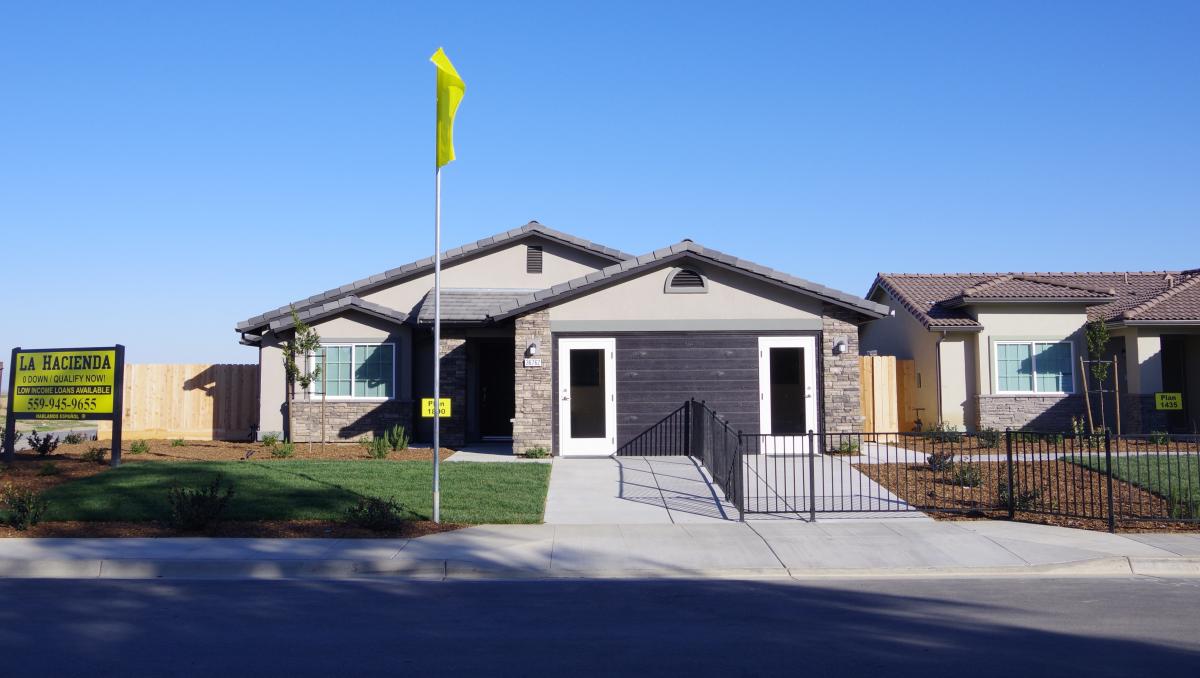In this rural city, a ‘nothing off the table’ mindset gets housing built
Brian Lee-Mounger Hendershot is the managing editor for Western City magazine; he can be reached at bhendershot@calcities.org.
When people think of California’s housing crisis, they often think of dense, urban regions along the coast — and for good reason. Most Californians live in coastal communities where housing construction has slowed. But for the small, agricultural communities like Huron that dot the Central Valley, the housing crisis is equally acute.
“We have a lot of [people] that are renting rooms and renting garages because we just don’t have a lot of the space that we need … especially affordable housing,” said John Kunkel, a former interim city manager and consultant for Huron.
The city has a population of 6,000. But during the harvest season, that number rises significantly. Huron also has many of the same challenges that other rural cities face. Young people want to move to larger cities and the town’s small population is not attractive for many businesses looking to expand into new markets. The city’s economy also depends on agriculture. One bad harvest season can put severe downward economic pressure on residents and the city alike.
Davis Slajchert, an expert on affordable housing, says small communities like Huron struggle with increasing construction costs and a lack of infrastructure. His company, Willow Partners, has built affordable housing projects throughout the state for over 25 years — from San Diego County to Butte County.
Slajchert’s team had to build out sewer capacity, roads, sidewalks, and streetlights for its newest development in Huron, Valley Village Apartments. And then there’s the biggest challenge of all: money. “You’re competing for very limited resources if you try to … finance housing in rural areas,” Slajchert said.
Paradoxically, Huron is also an example of what ongoing funding can do. Compared to many other small towns, Huron has a diverse range of housing options. That’s because the city qualifies for low-income tax credits, which has allowed for a slew of new developments. Roughly a third of all Huron households meet the U.S. Census definition of poverty, with average incomes far below state and national averages.
The funding is still not enough to close the housing gap, but it has put Huron on the path to meeting its housing element goals.
A “nothing is off the table” philosophy
One advantage the city does have is a lot of open land. The city also helps developers pencil projects out by forgiving fees, providing low-cost land acquisition, and processing permits quickly. Time is money, says Kunkel. The last thing the city wants is a reputation for wasting developers’ money.
“I don’t want the builder waiting for the city. I want us waiting on the builder,” Kunkel said.
When it comes to securing housing, nothing is off the table according to Kunkel. Even though many planning staff live outside Huron, the turnaround is quick — sometimes less than a week. According to Slajchert, the city aggressively pursues funding and developers alike. For Valley Village, approval and financing took little more than a year.
“It’s not typical,” Slajchert said. “Typically, these projects take a couple of years to get going because you can’t get … tax credits unless you have all your other financing in place.”
The just-finished 72-unit development sits across from city hall. The project includes an on-site pool, community room, computer training center, and open space, and is within walking distance of basic amenities, like a medical center and transit. Half of the units are reserved for people in the agricultural industry.
Kunkel notes that overcoming the stigma associated with affordable housing is a common challenge for many developers and cities. Some people are still skeptical of affordable housing. A lack of sustained investment, poor management, substandard construction, and systemic racism caused many public housing projects to fall into disrepair and led to a concentration of poverty and crime.
“When you say affordable housing, [people] think of broken windows, the drapes are open and curtains are flying, and it looks terrible,” Kunkel said. “I think that’s what most people’s idea of affordable housing. And it’s a misnomer on their part.”
A commitment from the developer and the city to changing those perceptions is key to getting affordable housing built. Often, one great project makes the next one easier to start. Willow Partners had already built an affordable senior housing community in Huron, which residents view favorably. Moreover, the developer and the city stayed in touch after the project was complete.
Slajchert looks at affordable housing from a moral and economic perspective. The people who qualify for affordable housing are the backbones of local economies — farmworkers, schoolteachers, city workers, waiters, daycare workers, mechanics, and young adults. Affordable housing allows people to stay in their community, build families, and climb up the socioeconomic ladder.
“Without housing for those people, what you have is people having to commute from outside of the city to work at those jobs, and then you’ve got all the traffic problems and other issues,” Slajchert said. “If you’re going to have a strong community, you don’t need just housing for the affluent: You need it for the lower income people as well to have a healthy community.”
Partnerships provide progress
Valley Village is just one of Huron’s recent housing projects. A local developer is working on several single-family homes, some of which will be made affordable through “sweat equity.” The Fresno Housing Authority is putting the finishing touches on a new 61-unit multifamily housing project, made possible through a land donation from the city.
The city is also working with the California Department of Housing & Community Development (HCD) on a set of market-rate and affordable housing single-family homes. As with many housing projects, this one has its roots in the 2008 Great Recession. When the housing decline hit, the builder went bankrupt, stalling the project until 2022. HCD plans to forgive the loan, which will allow the project to continue.
The deck is stacked against California’s rural communities. But it’s not impossible to make progress. Like any city, the same fundamentals apply: Reduce barriers, respond quickly, and nurture partnerships.
“You can’t really do it affordable development without a partnership with the city,” Slajchert said. “You have to have cooperation.”




